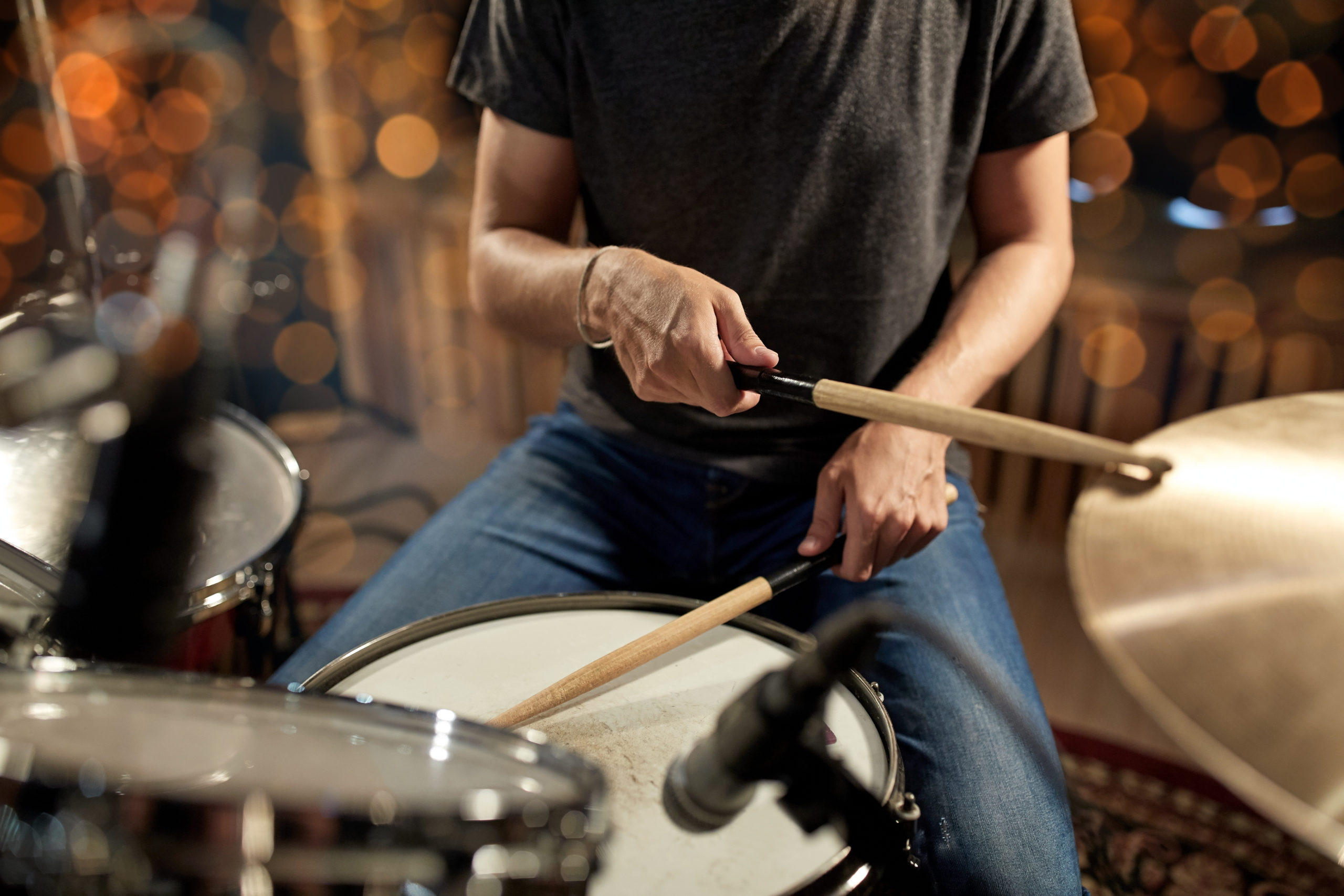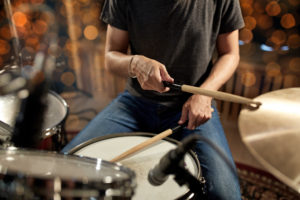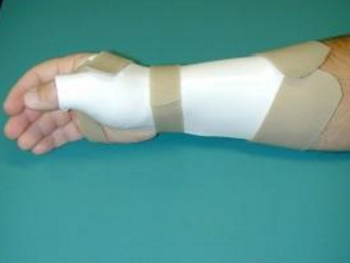
 Drummer’s palsy, or extensor pollicis longus tendonitis, is a common injury amongst drummers. Here we take a look at preventative methods and common treatments for the injury.
Drummer’s palsy, or extensor pollicis longus tendonitis, is a common injury amongst drummers. Here we take a look at preventative methods and common treatments for the injury.
What Is Drummer’s Palsy?
Drummer’s palsy can occur with people that play the drums. Drummer’s palsy is a term to describe extensor pollicis longus (EPL) tendonitis.
The EPL tendon crosses your wrist and inserts onto the base of the distal phalanx of your thumb. It enables you to straighten the tip of your thumb and lift your thumb off the table. Just before the wrist the EPL tendon passes around a groove in the radius bone called Lister’s tubercle. This acts like a pulley to increase the line of pull and mechanical advantage of the thumb movement.
With repetitive thumb and wrist motion required whilst playing the drums, the tendon can become inflamed and attenuated over Lister’s tubercle, and in severe cases the tendon can rupture. Palsy is a misnomer, as it is not really a palsy at all, but wear-and-tear of the tendon itself.
Prevention Methods
• Taking regular rest breaks in between practising/playing can help the tendon rest and recover.
• Use anti-inflammatories or ice can reduce swelling around the tendon.
• Ensuring best ergonomic posture is used when holding the drumstick and assessing how you move your thumbs and wrist can be helpful in prevention and treatment.
Common Treatments
• A forearm based thumb splint can rest the tendon if it is inflamed in the acute stage.
• Gradual weaning of the splint and graded strengthening exercises to build up tolerance and endurance during exercise.
• Taping and soft splints can be helpful.
• A cortisone injection may be warranted if pain and swelling are not subsiding with splinting and other treatment methods.
If the tendon has ruptured, referral to a hand surgeon will be necessary to either repair the tendon or transfer a different tendon to the thumb to be able to straighten it again. They commonly use the extensor indicis tendon, which is a secondary tendon to the index finger.
If you have any questions regarding drummer’s palsy or any other issues with the hands, wrists or arms, please don’t hesitate to get in touch. We’d be more than happy to help.

